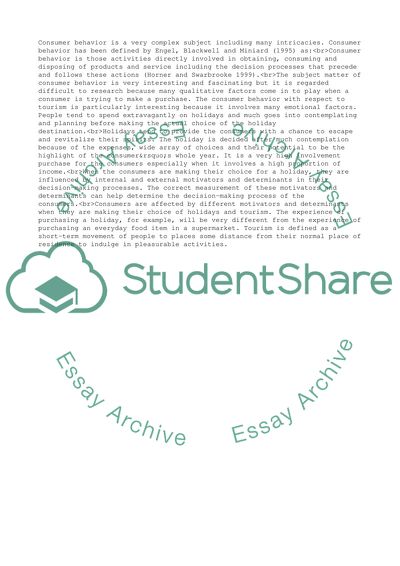Cite this document
(Consumer Behavior Involved in Obtaining, Consuming and Disposing of Pr Essay, n.d.)
Consumer Behavior Involved in Obtaining, Consuming and Disposing of Pr Essay. Retrieved from https://studentshare.org/business/1735211-buyer-behaviour
Consumer Behavior Involved in Obtaining, Consuming and Disposing of Pr Essay. Retrieved from https://studentshare.org/business/1735211-buyer-behaviour
(Consumer Behavior Involved in Obtaining, Consuming and Disposing of Pr Essay)
Consumer Behavior Involved in Obtaining, Consuming and Disposing of Pr Essay. https://studentshare.org/business/1735211-buyer-behaviour.
Consumer Behavior Involved in Obtaining, Consuming and Disposing of Pr Essay. https://studentshare.org/business/1735211-buyer-behaviour.
“Consumer Behavior Involved in Obtaining, Consuming and Disposing of Pr Essay”, n.d. https://studentshare.org/business/1735211-buyer-behaviour.


